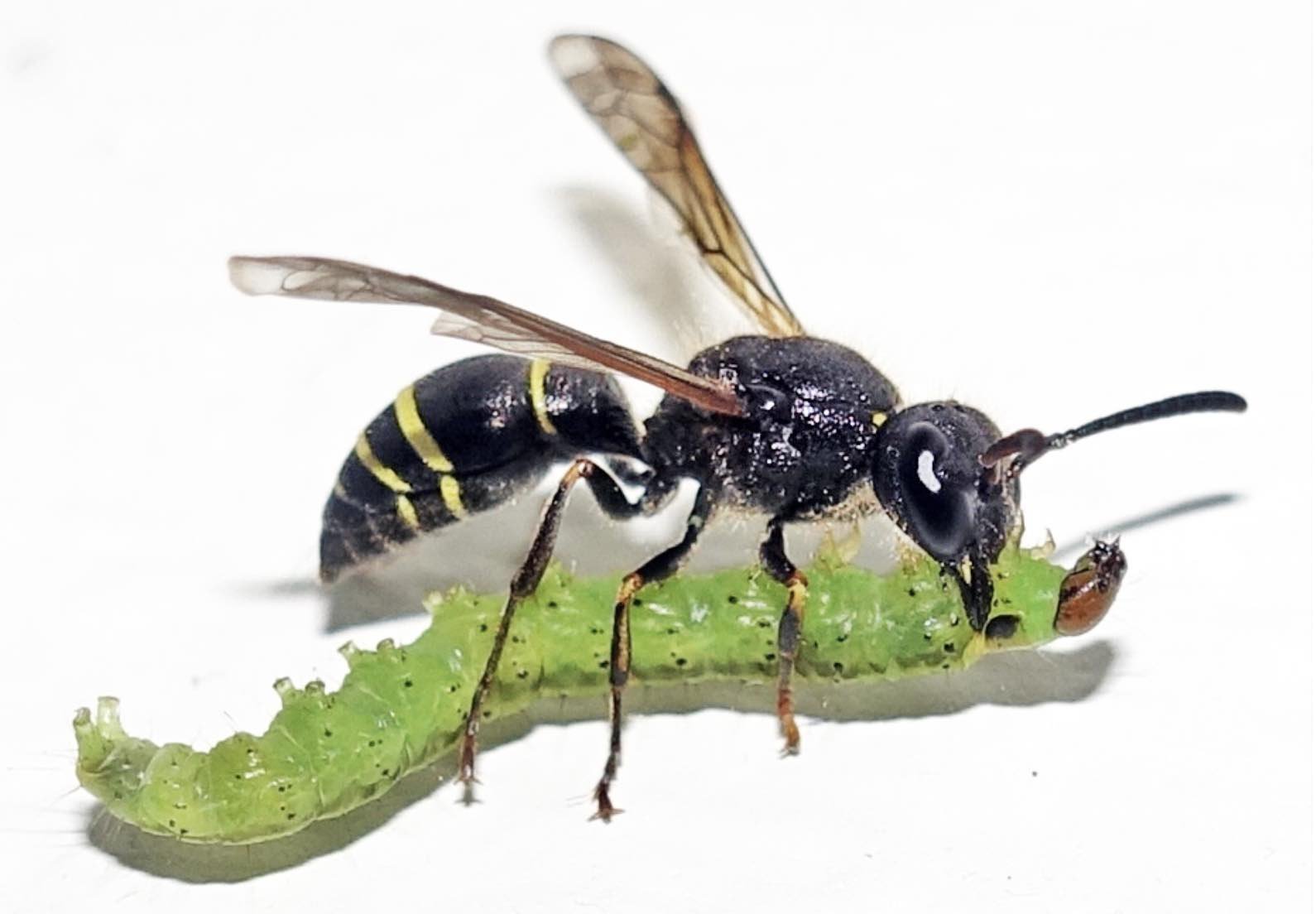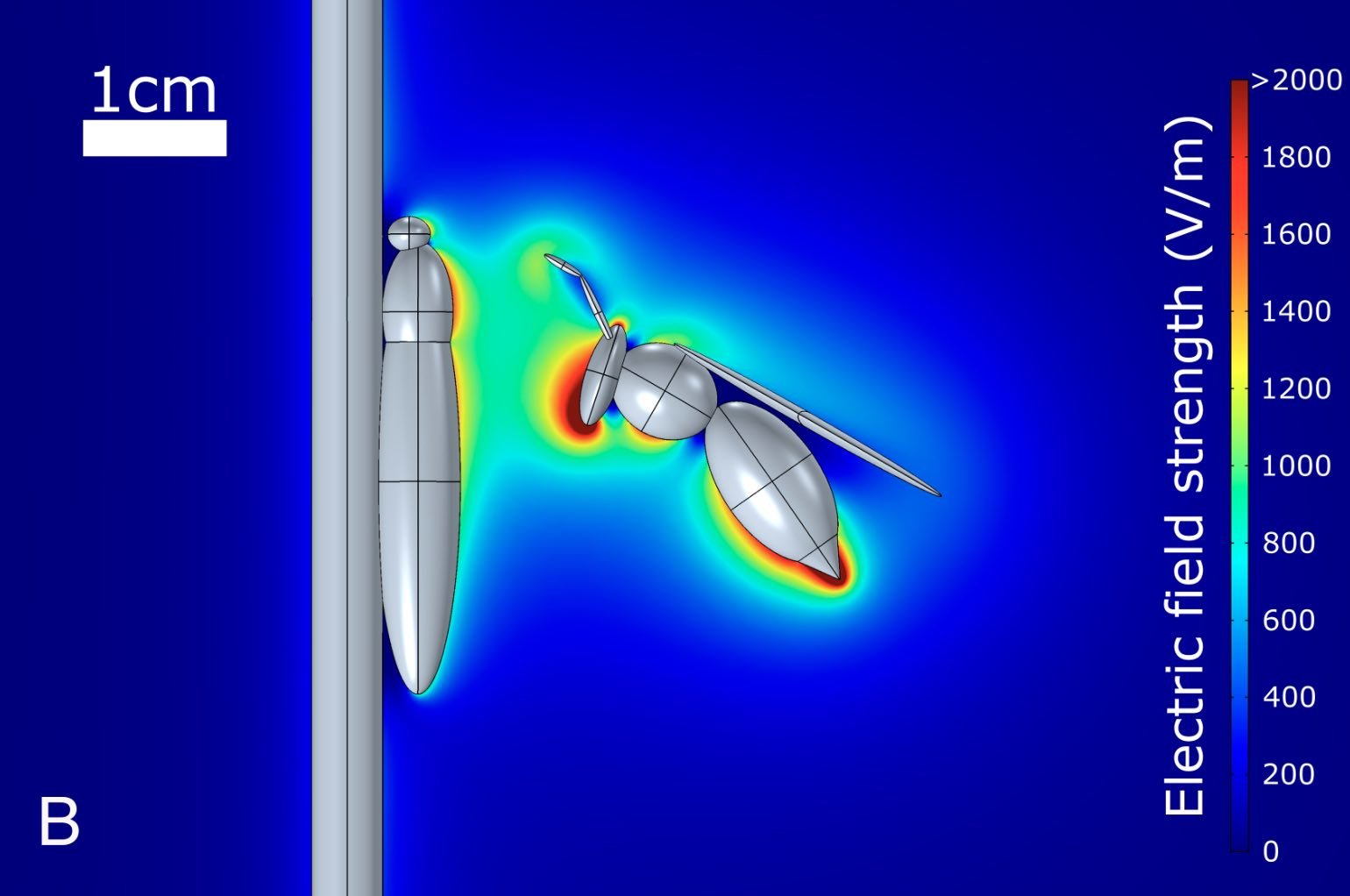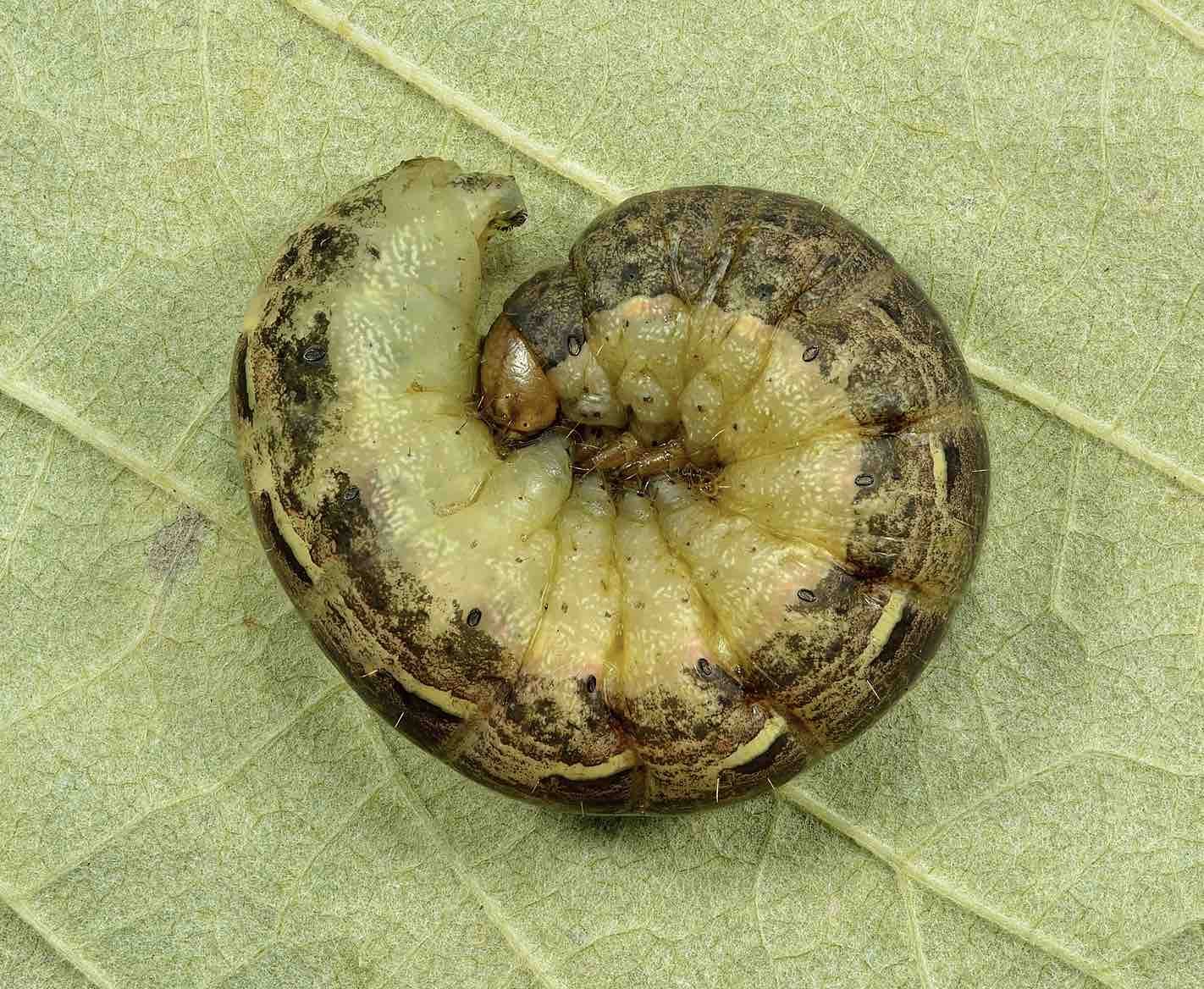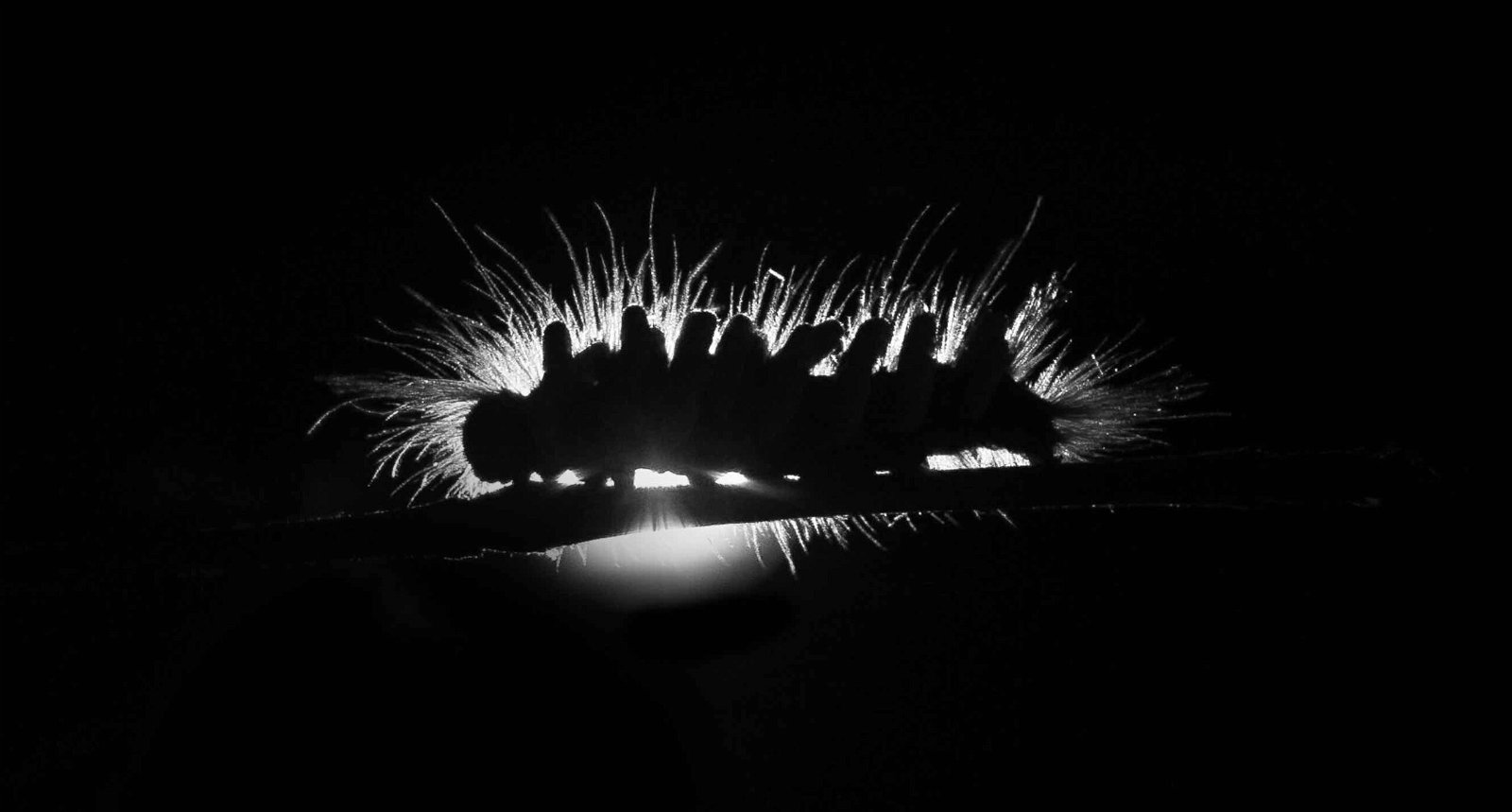In the natural world, species often develop remarkable defense mechanisms to help them fend off their adversaries. Ranging from natural camouflage to venom, armor, and weaponry, the animal kingdom is full of remarkable examples where evolution has provided organisms with abilities that offer protection in a range of predator-prey interactions.
Now, a team of researchers says they have discovered evidence of an early warning system used by caterpillars that may allow them to use electroreception to detect predatory wasps before they strike. The team’s findings unveil an entirely new dimension of predator-prey interactions that had remained previously unknown to science.
In a new research study by researchers with the School of Biological Sciences in the Faculty of Life Sciences at the University of Bristol, UK, researchers Sam England and Daniel Robert explored how static electricity in the natural environment affects predator-prey dynamics.
During investigations of electrostatic charges possessed by caterpillars and their predators, the Bristol team learned that caterpillars exhibit the apparent ability to sense the electric fields of wasps as they approach, after which they engage in defensive behaviors.


Such predator-prey interactions are crucial ecological drivers of evolution, although the role of electrical charges in these processes has remained mostly unexplored by researchers.
“To rectify this, we investigated whether naturally occurring static electricity provides a hidden dimension to predator-prey interactions as a source of sensory information,” the researchers write.
In their study, England and Robert aimed to find out what role static electricity might play in terms of sensory cues for interactions between species. They noted that previous research had already established that many flying insects build up electrostatic charges during flight. This led them to predict that predatory insects would likely carry a charge that affects the ambient electric field in their vicinity.
“If detectable, these alterations in electric field could provide prey with information on the presence and location of their predators, constituting a sensory cue,” they write.
By measuring the electrostatic charges of common predatory wasps and various caterpillar species with electrostatic charge sensors, England and Robert found that the electrostatic charges carried by wasps are indeed strong enough to be detected by any prey possessing electroreceptive abilities.


Notably, caterpillars have lower charges, which the team thought might indicate that they could detect predators without requiring any substantial charges themselves.
To test their hypothesis, England and Robert conducted a series of behavioral experiments involving three different species of caterpillar, which included the larvae of cinnabar moths, scarce vapourer moths, and European peacock butterflies. Each caterpillar was exposed to electric fields that simulated the presence of a nearby wasp, which caused responses that included coiling, flailing, and biting, all of which seemed to indicate defensive actions in response to a perceived threat.
In order to understand what actual mechanisms would allow the caterpillars to detect the electric fields of predators, the team also employed scanning electron microscopy to identify potential electroreceptive structures.
“Several candidate structures were identified across the three species, namely various filiform setae, many of which appear to be articulated at the base and thus are likely to be mechanoreceptive,” the team writes in their new paper, noting that these filiform setae have been identified in several caterpillar species, and have also been shown to possess sensitivity to particle-velocity sounds that match the same frequencies as the wingbeats of predator insects.
Of key significance, these structures also trigger defensive actions by the caterpillars under such conditions. “Therefore, if these setae can also be actuated by electric fields, they are well poised to act as electroreceptors too,” the team observes.


England and Robert’s discovery not only suggests that caterpillars could use this ability to detect predators but also suggests that “noise” produced by electrical devices may also affect the natural sensory systems these creatures possess, prompting additional research that may help researchers understand and mitigate these potential effects.
“Our data show that all three species of caterpillar tested can detect the electric fields emitted by the predatory wasps that hunt them,” the team writes in their new paper. “This finding therefore introduces a dimension to predator-prey interactions on land prime for further investigation.”
Additionally, England and Robert’s discovery points to new areas of research, as well as avenues for exploring the ecological significance of naturally occurring electricity and its influence on predator-prey dynamics.
The team’s study, “Prey can detect predators via electroreception in air,” appeared in PNAS on May 20, 2024.
Micah Hanks is the Editor-in-Chief and Co-Founder of The Debrief. He can be reached by email at micah@thedebrief.org. Follow his work at micahhanks.com and on X: @MicahHanks.

